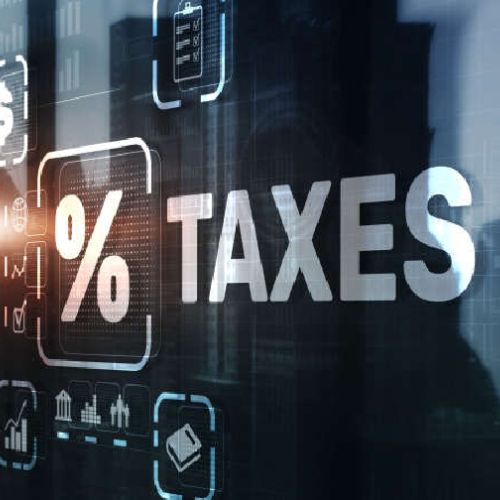India, the world’s soon-to-be third-largest economy (and its largest democracy), is surpassing all other significant middle-income nations in the coming decades, according to an analysis by Eurasia Group.
India’s rise as the third pole of the globe will, in my opinion, be recalled in 2023, according to Shigesaburo Okumura, Editor-in-Chief of Nikkei Asia.
India is a crucial element that shouldn’t be overlooked. According to Okumara, this year will likely be remembered for the country’s ascension to the title of the most populated country in the world.
China had 1.426 billion people last year, while India had 1.417 billion, according to the UN. The UN predicted that while India’s population will surpass that of China in 2023, China’s would decline.
India is predicted to have 1.6 billion people living there by 2050, whereas China will have 1.3 billion.
India gains from the decoupling of the US and China as well as the reconstruction of technology supply networks without China. In India, Apple is producing the iPhone 14.
The chairman of Tata Sons, Natarajan Chandrasekaran, has discussed intentions to manufacture semiconductors in the subcontinent.
The Trilateral Commission’s plenary meeting will be held in India for the first time in March. It is also serving as the Group of 20’s chair this year, a position that will entail a summit of world leaders and several ministerial gatherings. Prior to India’s own elections in 2024, the Modi administration would be anxious to demonstrate leadership, according to Okumara.
India’s current account deficit increased from $18.2 billion in Q1 FY23 to $36.4 billion (4.4 percent of GDP), a 37-quarter high, as was predicted (2.2 per cent of GDP).
In research, Standard Chartered stated that the global macroeconomic environment in 2023 is expected to be difficult given the increased probability of a recession as a result of monetary policy tightening’s lag effects, which cause a scenario with weaker demand and worse corporate profits performance.
Risk sentiment may strengthen as the GDP picture stabilizes as the monetary policy rate cycle peaks despite declining inflationary pressures in the second half of the year.
Despite encouraging government initiatives and an uptick in investments, the post-pandemic economic recovery cycle is still going strong. The revival of the service industries and the projected expansion of the rural economy are further positive factors, according to the note.















